Form 1 survey instrument
Hazardous Waste Worker Training (NIEHS)
Survey Instrument- screen shots
Information Collection Questionnaire (Data Management System)
OMB: 0925-0348
Survey Instrument for the Proper Formatting of OMB Approved Forms
OMB # 0925-0348
Expiration Date: 03/31/2019
NIEHS HAZARDOUS WASTE WORKER TRAINING – 42 CFR Part 65
Public reporting burden for this collection of information is estimated to average 14 hours per response, including the time for reviewing instructions, searching existing data sources, gathering and maintaining the data needed, and completing and reviewing the collection of information. An agency may not conduct or sponsor, and a person is not required to respond to, a collection of information unless it displays a currently valid OMB control number. Send comments regarding this burden estimate or any other aspect of this collection of information, including suggestions for reducing this burden, to: NIH, Project Clearance Branch, 6705 Rockledge Drive, MSC 7974, Bethesda, MD 20892-7974, ATTN: PRA (0925-0348). Do not return the completed form to this address.
The National Institute of Environmental Health Science (NIEHS) Worker Training Program (WTP) supports training and education of workers engaged in activities related to hazardous materials and waste generation, removal, containment, transportation, and disaster and emergency response in the following five areas:
Hazardous Waste Worker Training Program (HWWT).
Environmental Career Worker Training Program (ECWTP).
Brownfields Minority Worker Training Program (BMWT).
DOE Nuclear Weapons Cleanup Training Program (DOE).
Hazmat Disaster Preparedness Training Program (HDPT).
The Program is considering a potential new optional program component, Biosafety and Infectious Disease Preparedness Training Program (BIDPTP)
The NIEHS WTP Curricula Information and Data Management System (DMS) is a web-based
application designed to store and track projected and actual training, student demographic data, and progress report material.
DMS information options:
Curricula Catalog: This option includes uploading and editing course curricula and materials, browsing the public curricula catalog, and adding and editing curricula data coordinator information.
Health & Safety Library: This option includes health and safety reports, and the ability
to search for or upload reports.
Emergency Support Activation Plan (ESAP): This option includes adding and editing
Hazardous Waste Worker Training Program – Emergency Support Activation Plan
(HWWT-ESAP) contact person information, organizational HWWT-ESAP information,
and adding and editing HWWT-ESAP training data.
Reports: This option allows a user to query course and student demographic data stored in the WTP application and output reports in an Excel spreadsheet or HTML table.
Data Entry: This option allows a user to enter, edit, or change the status of course and or
student demographic data records.
Progress Reports: This option allows a user to upload progress reports and/or appendices,
or view archived progress reports submitted for an awardee organization.
Admin Functions: This option is only available to User Administrators. The Mark
Data Complete function allows the point of contact in the awardee organization to certify that all data and or progress report entry in a given period is complete.
Awardee Information: This is the home page of the application. This page loads when a user has successfully logged into the application. This page contains up-to-date information about deadlines, system maintenance and any other application changes or enhancements. It is important that this page be read each time someone logs onto the application.
Requested information from the grantees:
Progress Report Summary
A. Specific Aims
B. Studies and Results
I. Progress Report Abstract (Summary of Progress)
II. Training Accomplishments - courses, student numbers, training numbers, and contact
Hours
III. Training Effectiveness
IV. Curricula Update
V. Advisory Board Activities
VI. Trainee Follow-up - numbers of workers and employers by state or territory
VII. Instructor Support
VIII. Program Self-Audit – evaluation, assessment of the classes themselves, and
how the training makes a difference
IX. Supplemental Progress/Carryover:
C. Summary and Conclusions
I. Significance of Training
D. Plans - projected training, completed training
E. Publications
Data Management System Screenshots:
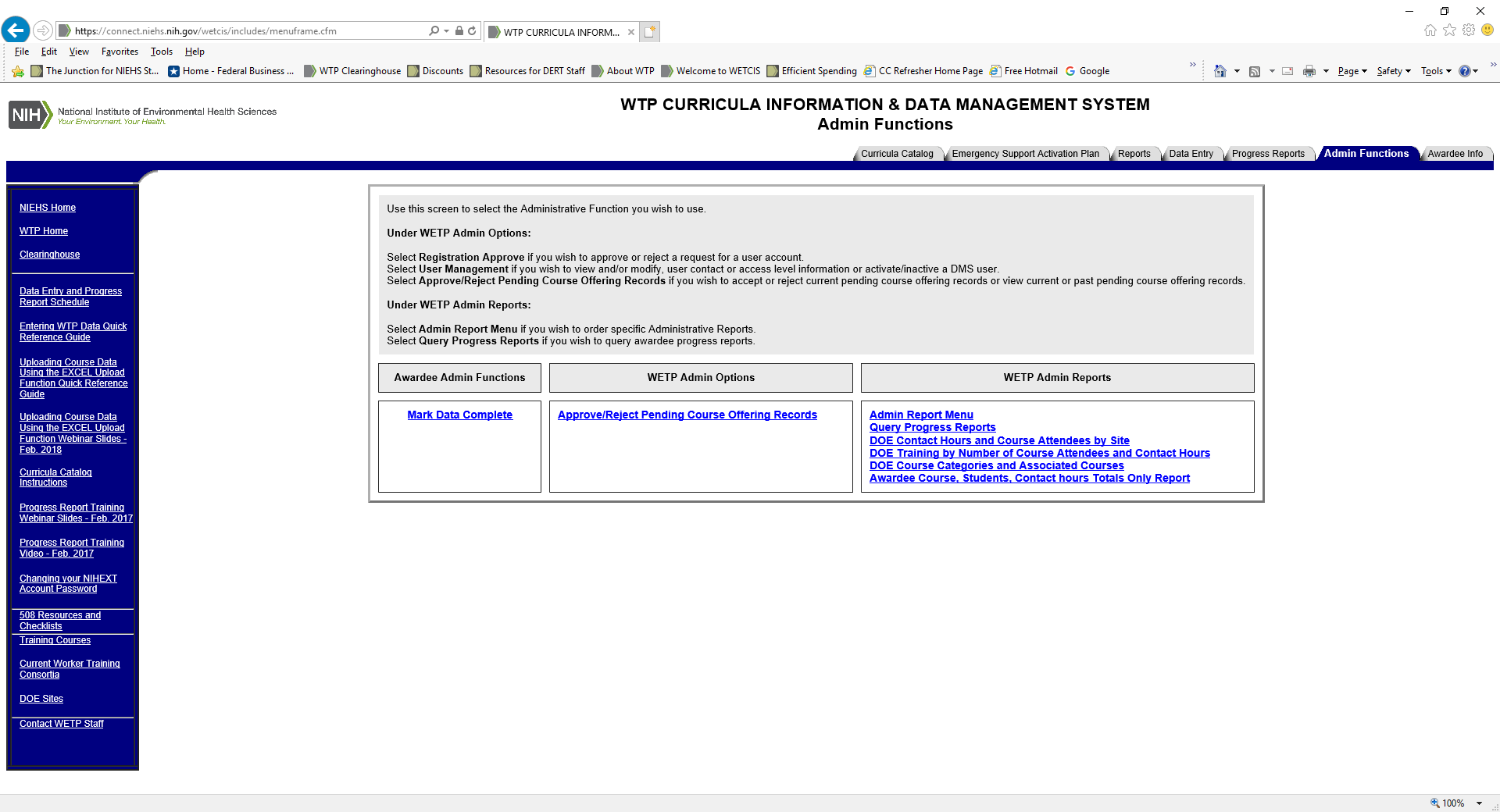
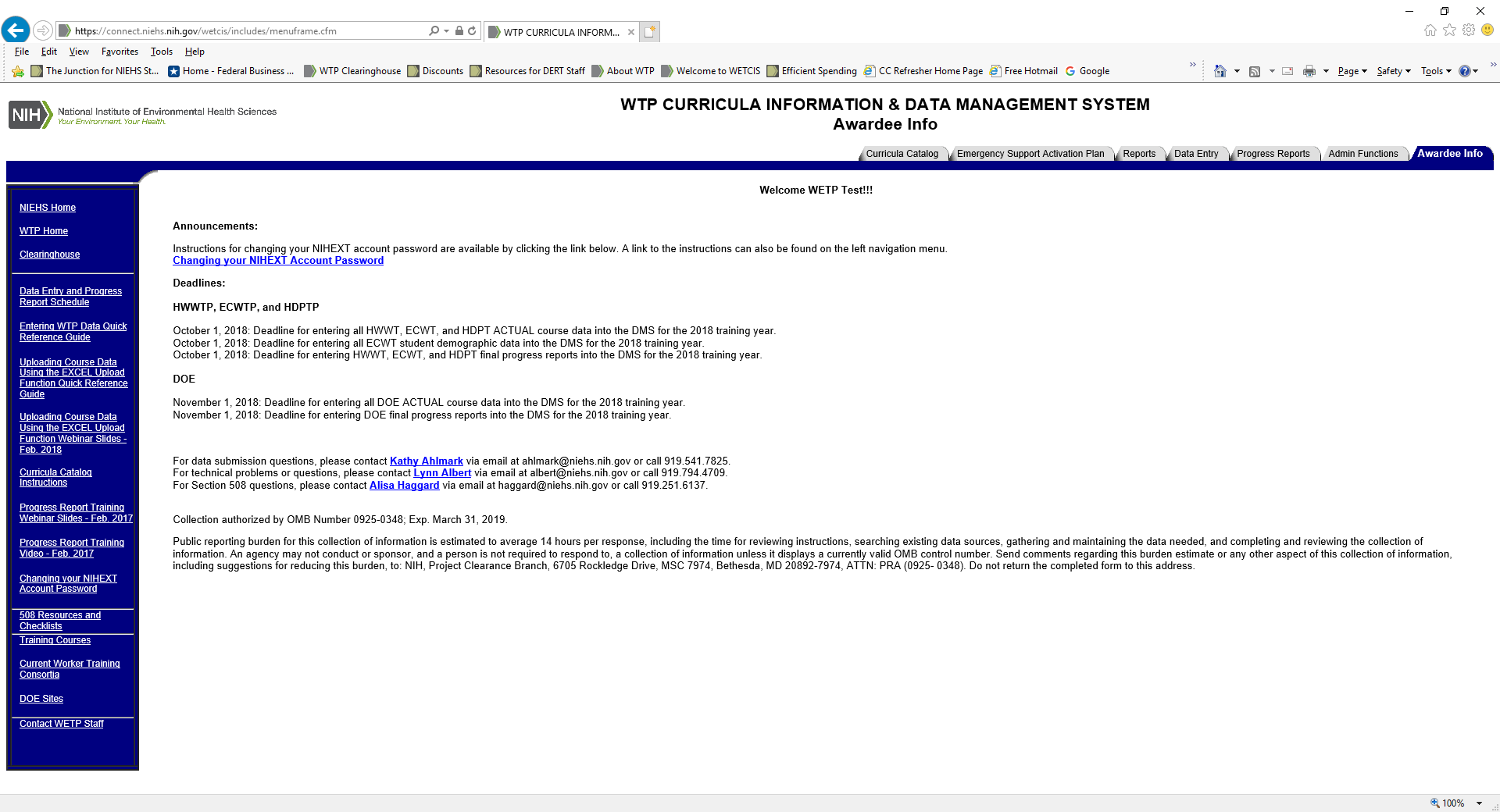
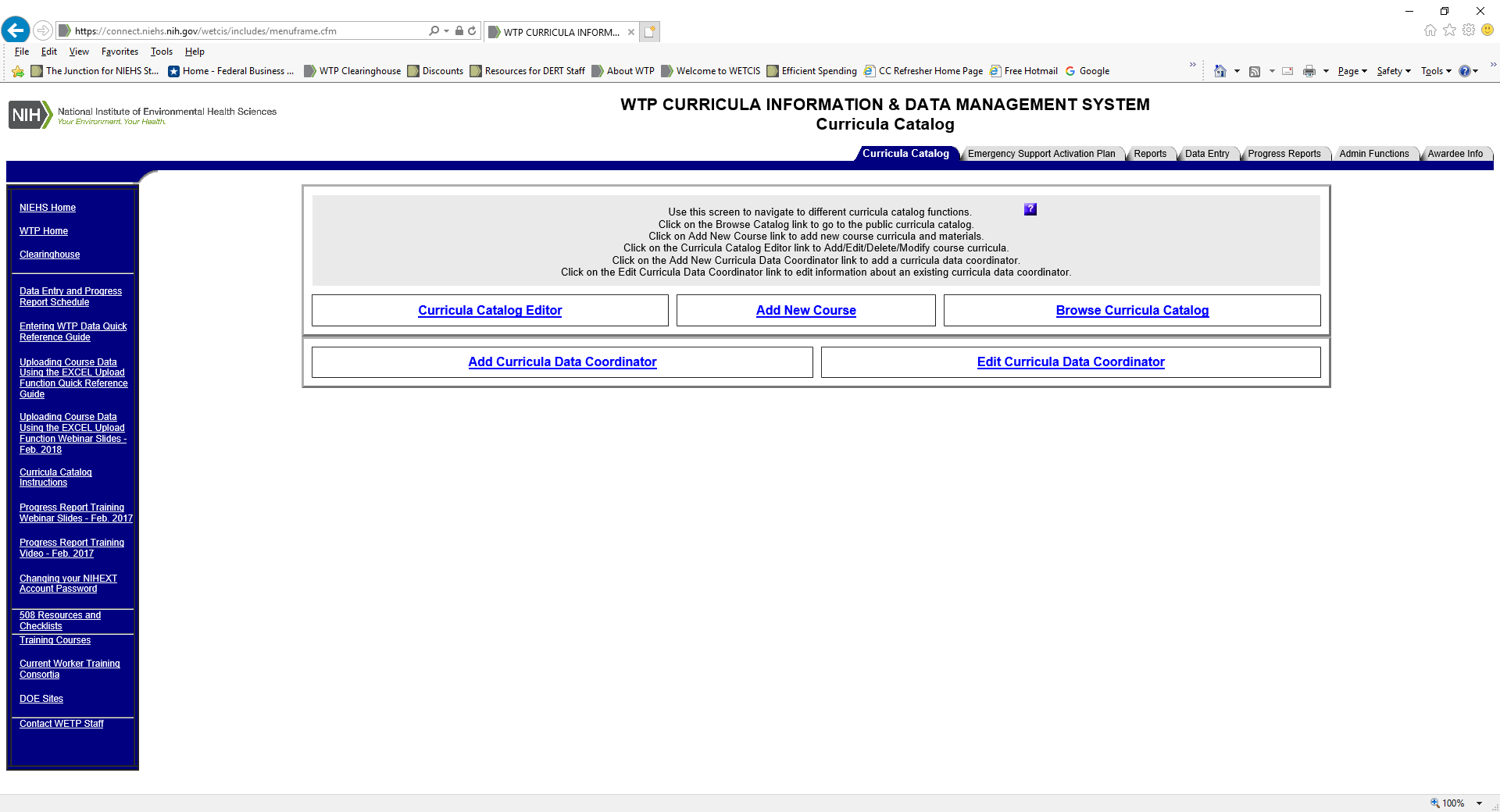
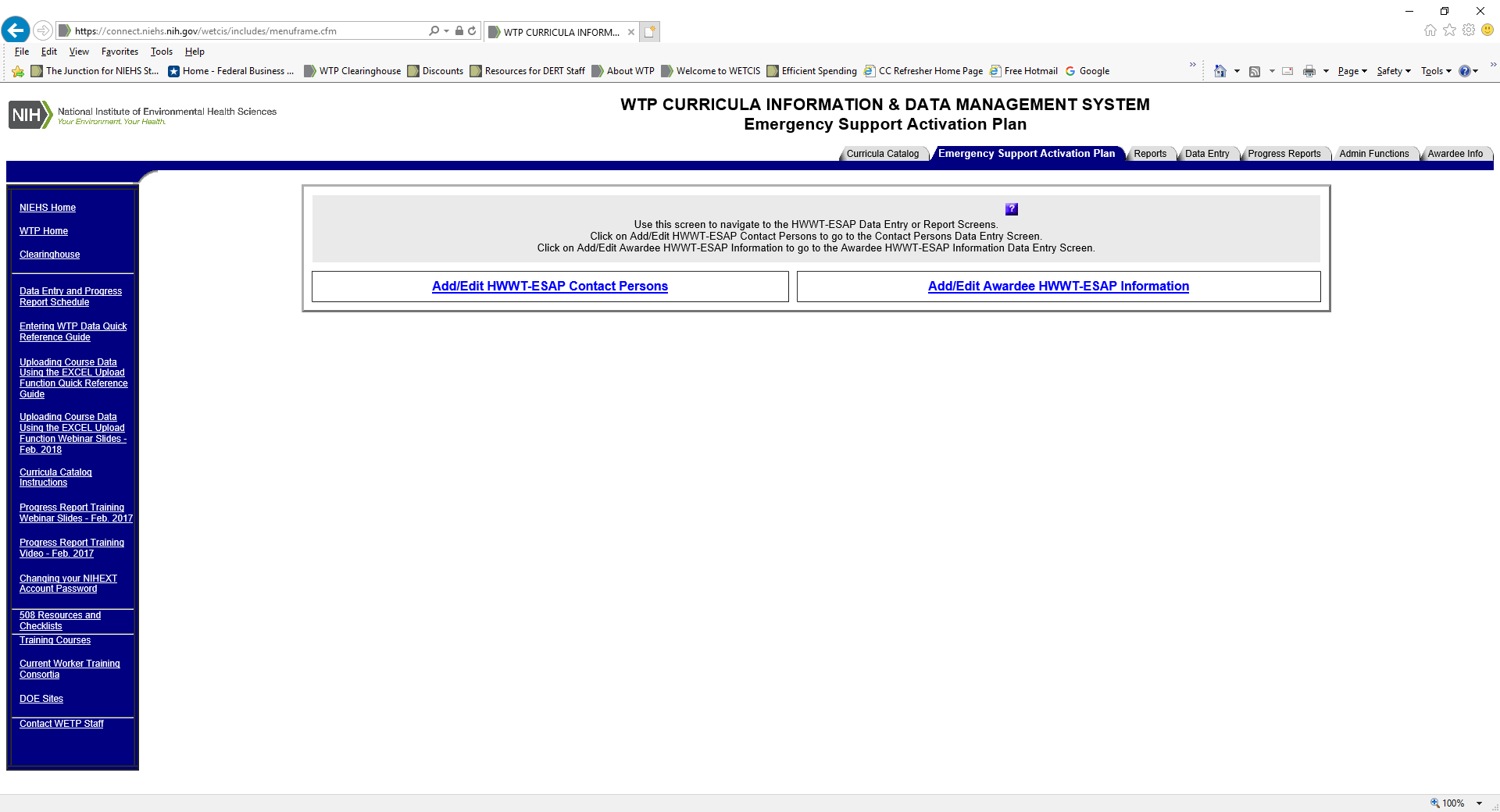
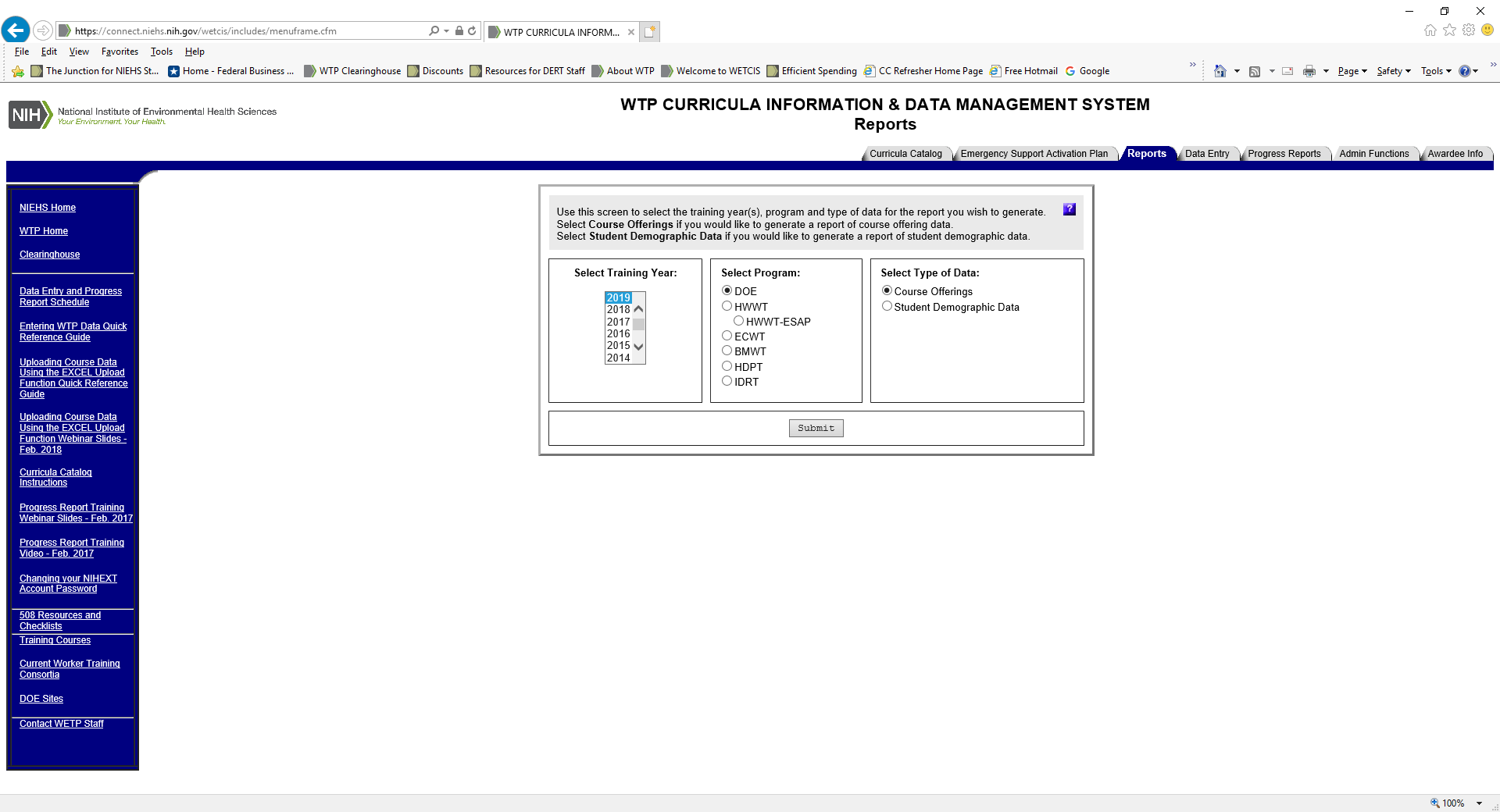
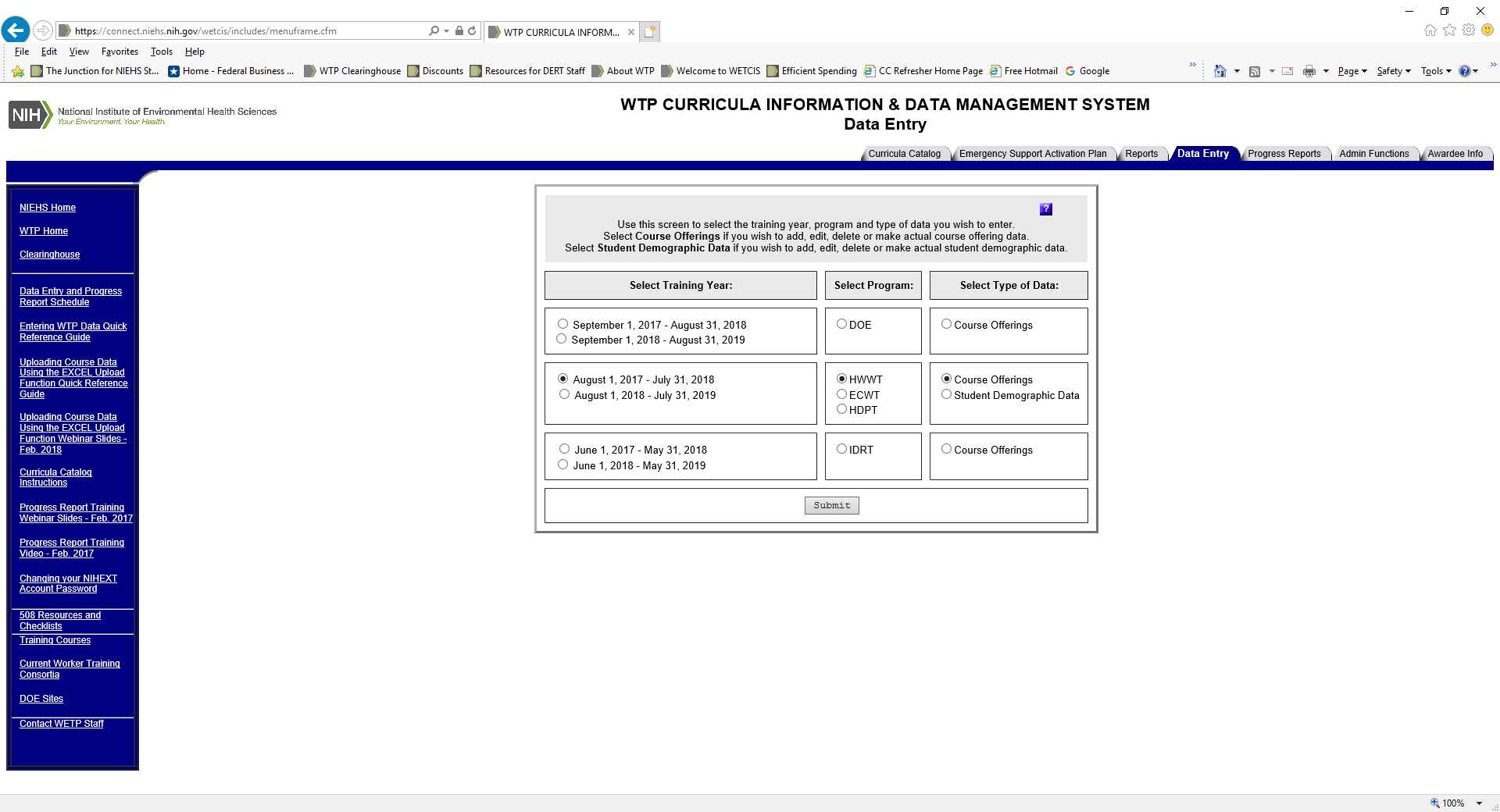
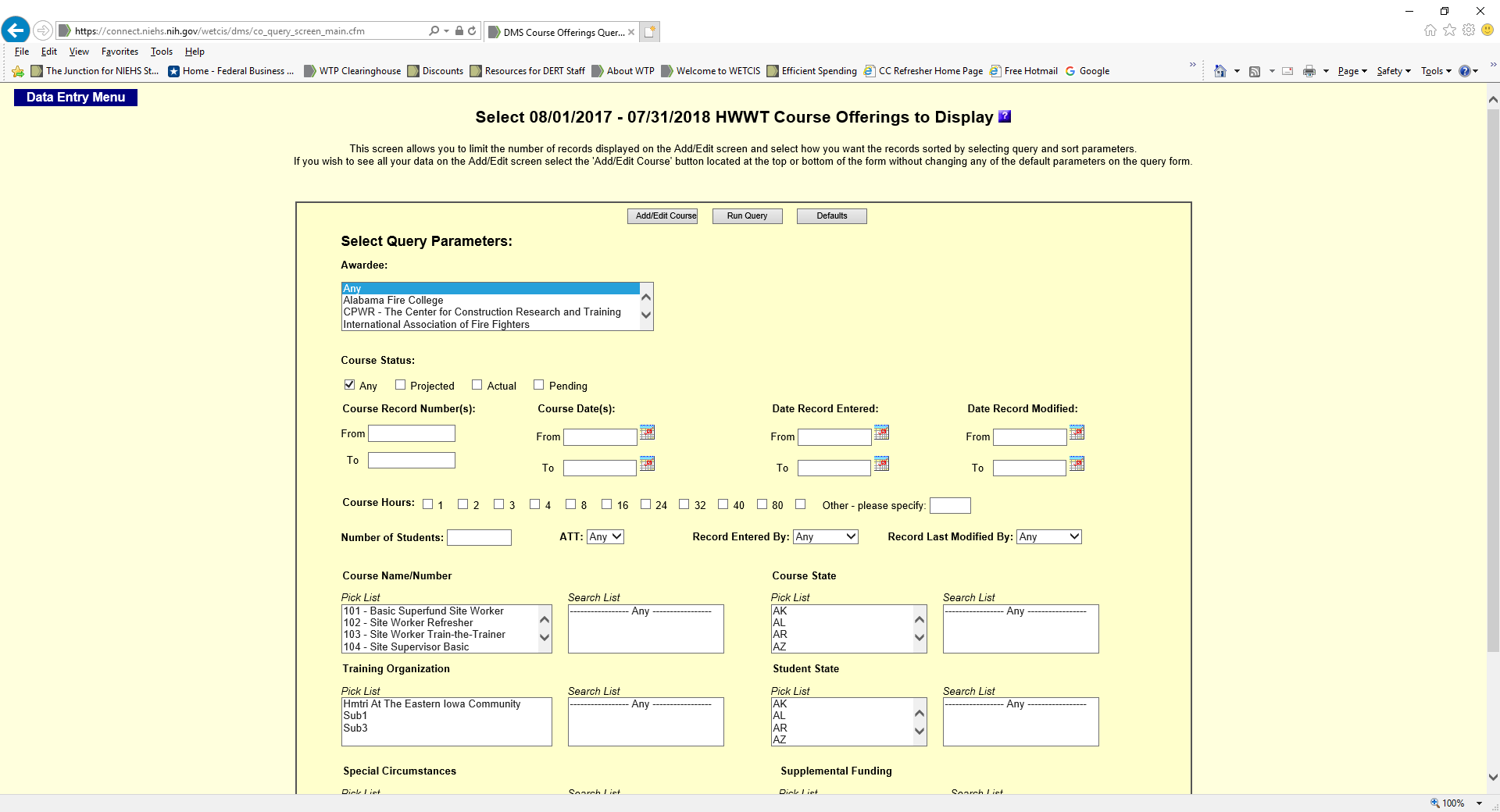
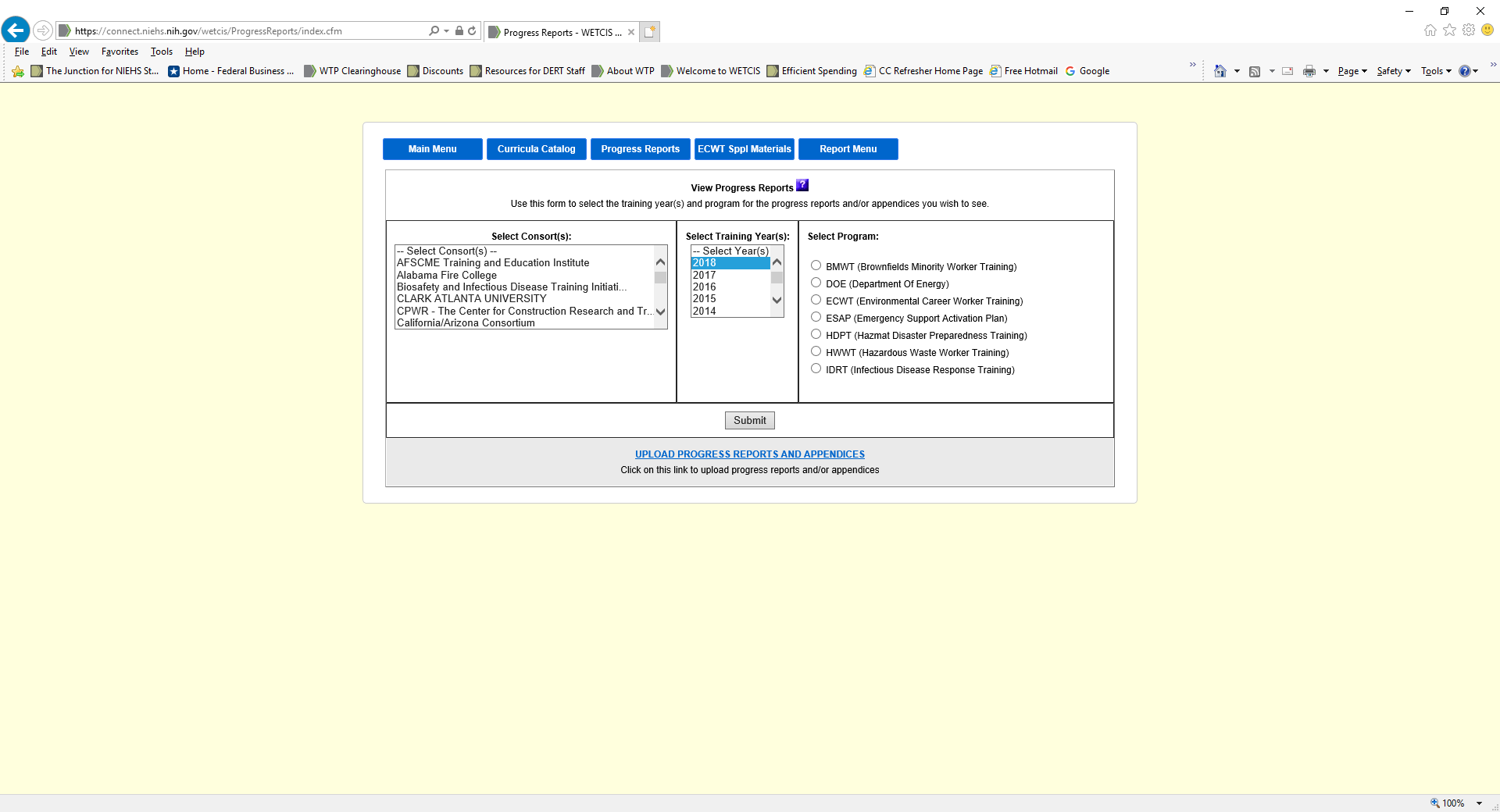
| File Type | application/msword |
| File Modified | 0000-00-00 |
| File Created | 0000-00-00 |
© 2025 OMB.report | Privacy Policy